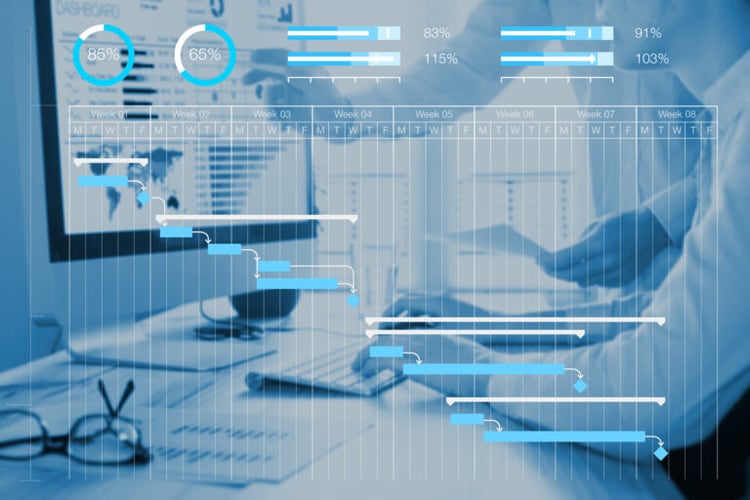February 10, 2021

February 10, 2021

Now, more than ever, companies are transferring products and processes from one site to another, often facing pressures on time, resources, and regulatory limitations. Why are technology transfers so difficult? What are the key factors for a timely and successful transfer? What is the right timing?
This blog covers the questions we have heard most frequently across more than 400 completed tech transfers. We’re sharing our collective experience and expertise to ensure your success in managing product and process transfers.
Effectively communicating thousands of details connected to the 75 key work packages across all areas of an organization for a process that is constantly changing requires extensive oversight and alignment. Any deviation can have consequences for the quality, efficacy, and safety of your product, and can result in regulatory submission delays.
Quality systems including data integrity, identification of critical quality attributes, and critical process parameters are important to collect early in the process in documented form and will pay huge dividends throughout the product lifecycle.
There are several steps that typically help predict a transfer timeline:
Typically, about a year before you are ready to enter the clinical phase, depending on the quality of the data you have generated so far. If you’re developing a complex biologic or gene/cell therapy, often companies need additional early-stage feedback two years or more before entering the clinic.
As you transition to Phase II, you need to look ahead and begin aligning to processes and requirements expected further down the lifecycle. When producing for Phase III, the process needs to be the same as for after launch. This means that the processes and methods need to have a control and validation strategy. Adequate documentation and justification should be built in up front, and generating material for Phase II needs to support with this strategy as well.
We have seen a shift away from single-use technology primarily because of the desire to go to continuous manufacturing, but also due to issues with single-use technology such as material shelf life, replacement time, inventory costs, disposal costs, environmental concerns, leaks, contamination, and employee exposure. The COVID-19 pandemic has exacerbated this effect with big shortages of disposables (flow kits, bags, filters, etc.) due to increased production of vaccines. These risks versus the high startup cost of multiple-use technology (e.g. cleaning strategy) need to be considered in advance.
Often, there is more information available than is apparent at first. Many key documents are included in the regulatory submission, furthermore annual reports should be accessible for a sponsor, but leadership needs to be aligned on transfers and provide required support. “Man in the plant”, financial support, and other drivers may be needed to align long-term goals with short-term issues.
If you have a question we didn’t answer here, connect with our team and learn more about our solutions for successful and efficient tech transfers.
TAGS: Life Science Consulting

December 31, 2015
Introduction A key prerequisite activity for any successful process validation is process characterization. Process characterization involves varying process inputs such as raw material properties,...

April 4, 2025
The US Government recently modified their policy to utilize tariffs to in an effort to support the US economy causing many global organizations to investigate the consequences of the tariffs on their...
February 21, 2017
The desire for a robust and repeatable manufacturing process is shared by every organization that has a therapy or product in development and the only way to demonstrate that this desired state has...